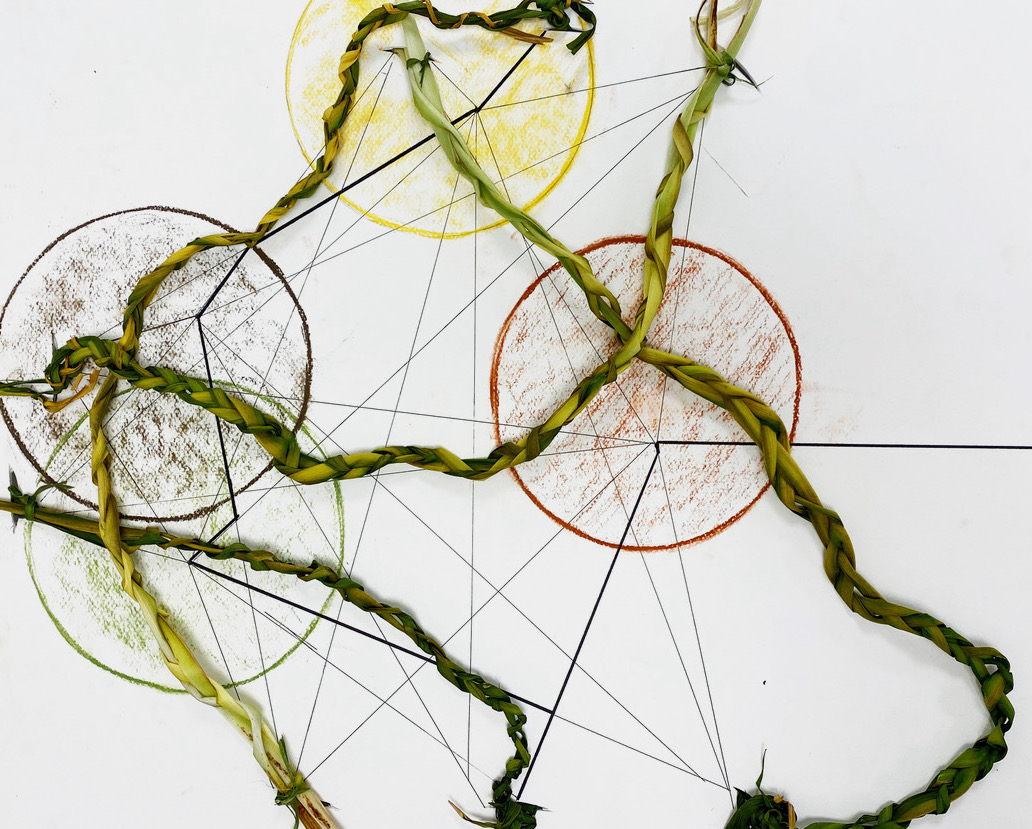[/et_pb_dp_dmb_module_508]

The housing crisis has been one of the greatest challenges facing northern communities for several decades. The Senate report on housing in Indigenous communities [1] has indicated that housing conditions are deteriorating fast due to the increased demand for new housing units, overcrowding, mould contamination, poor construction, and the high numbers of homes in need of major repair. The difficult social and physical conditions facing Indigenous communities has caused an increase in homelessness and addictions nationally.
Fourth year architecture students from the Faculty of Architecture at the University of Manitoba were tasked to look at how the process of design can be used to strengthen community, while discussing homelessness. The studio was to use the process of design to unify academics, cultural guides and people with lived experience in homelessness.
By prioritizing colonial practices, communities have experienced a disconnect from tradition, leaving many Indigenous communities and individuals out of balance. Social policies continue to encourage the abandonment of Indigenous tradition and culture. If sustainable housing is to be addressed, a new methodology and approach is needed, one that returns to culture and tradition.
Both Indigenous and non-Indigenous communities have an important role to play in reconciliation by recalling the ecological, social and communal responsibilities that have been abandoned in place of colonial methodologies. The OHRC was clear on how this can be addressed when it stated that the government and other organizations must all partner with the local initiatives that are dealing with hands on projects as soon as possible, to help provide the funding and technical aid for local organizations to flourish [2].
As a collective the work seeks out ways of unpacking and recognizing systemic and structural barriers that prevent people from becoming housed in Kenora. An overarching focus during the studio was Mino-Bimaadiziwin (the good life) for all nations people. This created an environment inclusive to Kahnowiilyaa (Everyone) and worked to reduce the hierarchical structure between members. The use of a collective voice can restore identify and reduce systemic and organizational barriers to housing and find forward-thinking solutions for the transformation of housing services. The works presented in Kahnowiilyaa (Everyone) explore and represent a collective voice, prepared to identify and reduce systemic and organizational barriers to housing and find forward-thinking solutions for the transformation of housing and healing services.
- Housing on First Nation Reserves: Challenges and Successes, 2015, Interim Report of the Standing Senate Committee on Aboriginal Peoples, https://sencanada.ca/content/sen/Committee/412/appa/rep/rep08feb15b-e.pdf.
- Ontario Human Rights Commission, “Report and recommendation on Homelessness in Kenora Ontario Human Rights Commission”, July 07, 2020, http://www.ohrc.on.ca/en/news_centre/report-and-recommendations-homelessness-kenora
Did you know?
During the Second World War German prisoners of war were brought to the Lake of the Woods area to cut wood for the local mills. Many of the prisoners enjoyed their time in the Canadian wilderness, and a number of them immigrated to Canada when the war ended.
